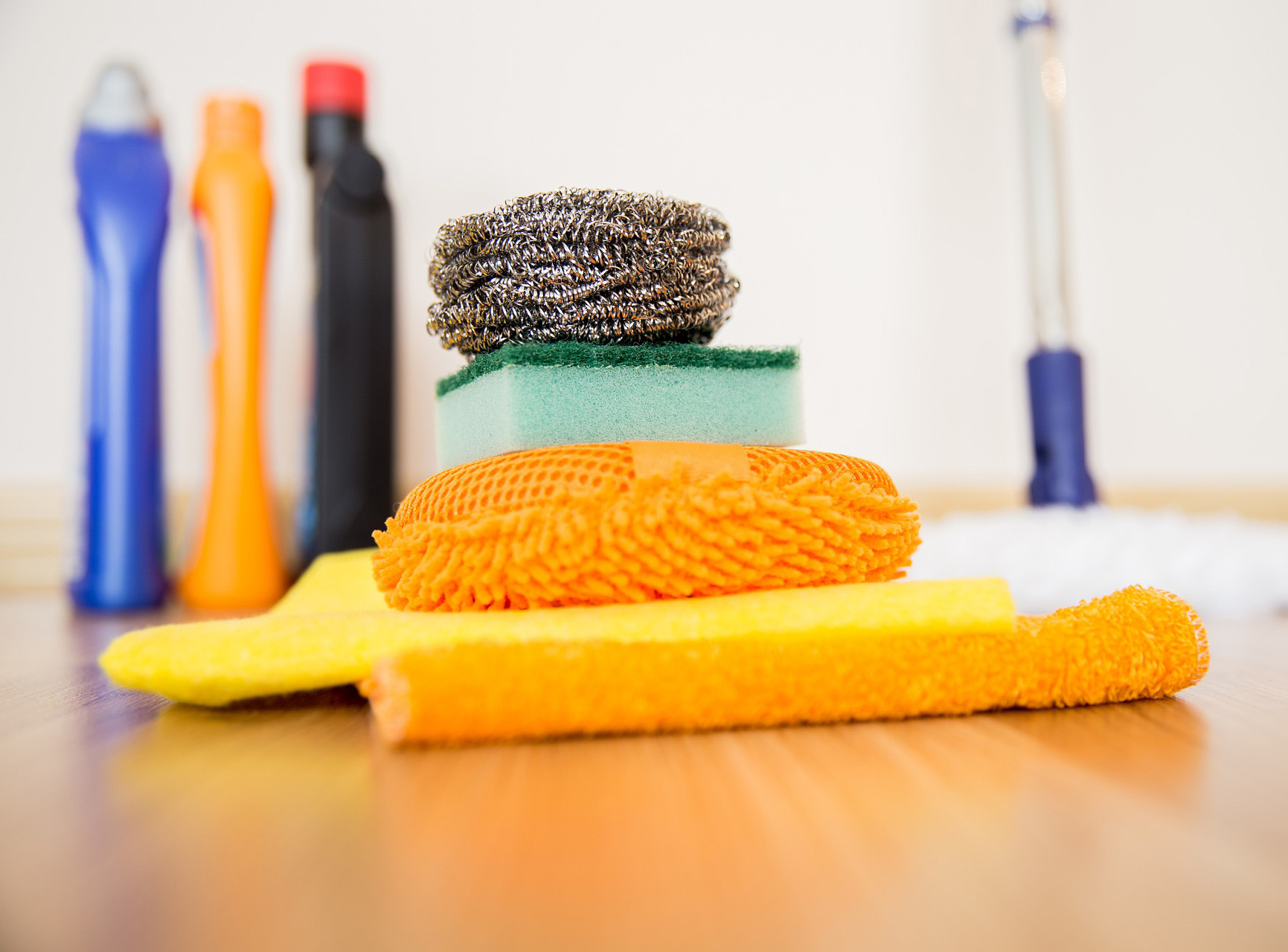 Learning to live with COVID involves a whole lot of cleaning, not just of cloth masks and hands, but a myriad of surfaces in the home, the car, or at the office. And while the rusty can of Glen 20 may be good enough for some, it does beg the question, which household cleaning products actually work?
Learning to live with COVID involves a whole lot of cleaning, not just of cloth masks and hands, but a myriad of surfaces in the home, the car, or at the office. And while the rusty can of Glen 20 may be good enough for some, it does beg the question, which household cleaning products actually work?
A recent US survey by CDC revealed that more than 80% of respondents did not feel they knew how to disinfect their home and clean safely to prevent COVID transmission, despite increasing their household cleaning efforts.
To address this issue and make the scientific findings more relevant to the public, researchers from the Peter Doherty Institute for Infection and Immunity (Doherty Institute) have tested the effectiveness of common household cleaning products in killing COVID on surfaces.
Published in the latest issue of Viruses by MDPI the research, led by University of Melbourne’s Dr Julie McAuley, is one of the first studies to focus testing on common cleaning chemicals typically found in the home, including vinegar, bleach, dishwashing detergent and ethanol.
“We wanted to provide all the information required to assist people to safely clean potentially contaminated surfaces, reducing the potential for transmission in their homes and workplaces,” Dr McAuley said.
“Our findings show that detergent, bleach and alcohol are highly effective at making SARS-CoV-2 non-infectious, but vinegar does not work at all.”
Vinegar is a popular natural cleaner currently enjoying a revival, but its active ingredient, acetic acid, was completely ineffective at inactivating the virus, even when exposed to the virus as a 90% vinegar solution (a final concentration equivalent to 3.6% v/v acetic acid).
Laboratory-grade acetic acid was also tested in confirmation.
“For bleach, our results show that as little as 5mL can be added to 1 litre of water and could be ideal to disinfect bathroom surfaces. Alcohol containing handwashes, or solutions used for cleaning surfaces, must contain more than 40% alcohol to be effective,” Dr McAuley said.
“To make an effective cleaning solution, it’s as simple as adding a similar amount of detergent to water as you would for your dishes (2mL in 1 litre), then wiping over the potential SARS-CoV-2 contaminated surface and allowing it to dry,”
The study also tested whether combining the household products would increase their effectiveness and found that there was no benefit.
“Surprisingly, when we combined bleach and detergent, we did not see increased virucidal potential for inactivating SARS-CoV-2 compared to using each component on their own,” Dr McAuley said.
“We must also warn against combining chemicals in an attempt to increase their virucidal activity, as some household disinfectants contain buffering agents that we found may counteract the effective virucidal concentration of the other chemical it was mixed with.”
All tested dilutions, products and combinations have been published in the study and are available to the public.
“These results should help inform readers of how to effectively disinfect surfaces and objects that have potentially been contaminated with COVID using common household chemicals,” Dr McAuley said.
Fascinatingly, the research also confirmed that ‘potentially contaminated surfaces and objects’ include frozen food items from the weekly shop.
“Given reports of infectious virus recovered from the surface of frozen packaging, we tested the persistence of infectiousness after multiple freeze-thaw cycles and found no change in infectious SARS-CoV-2 titre after seven freeze-thaw cycles,” Dr McAuley said.
“These data highlight the potential for infectious virus to be present on surfaces such as food packaging that has been kept cold or frozen for long periods.”

